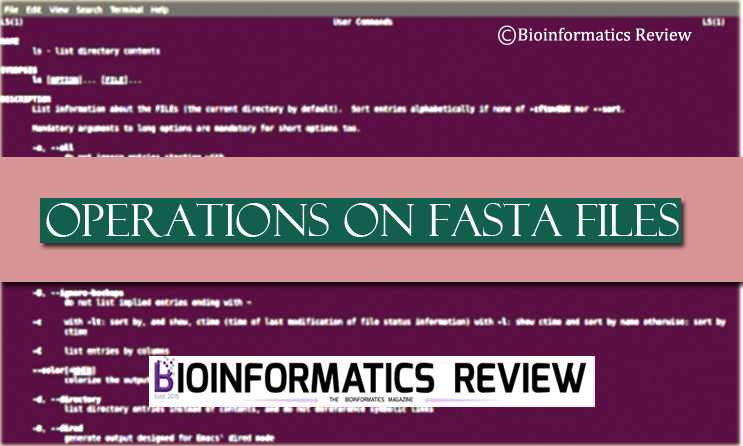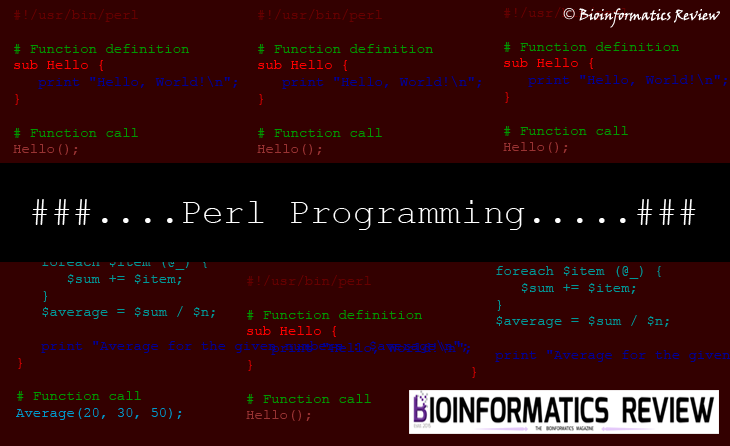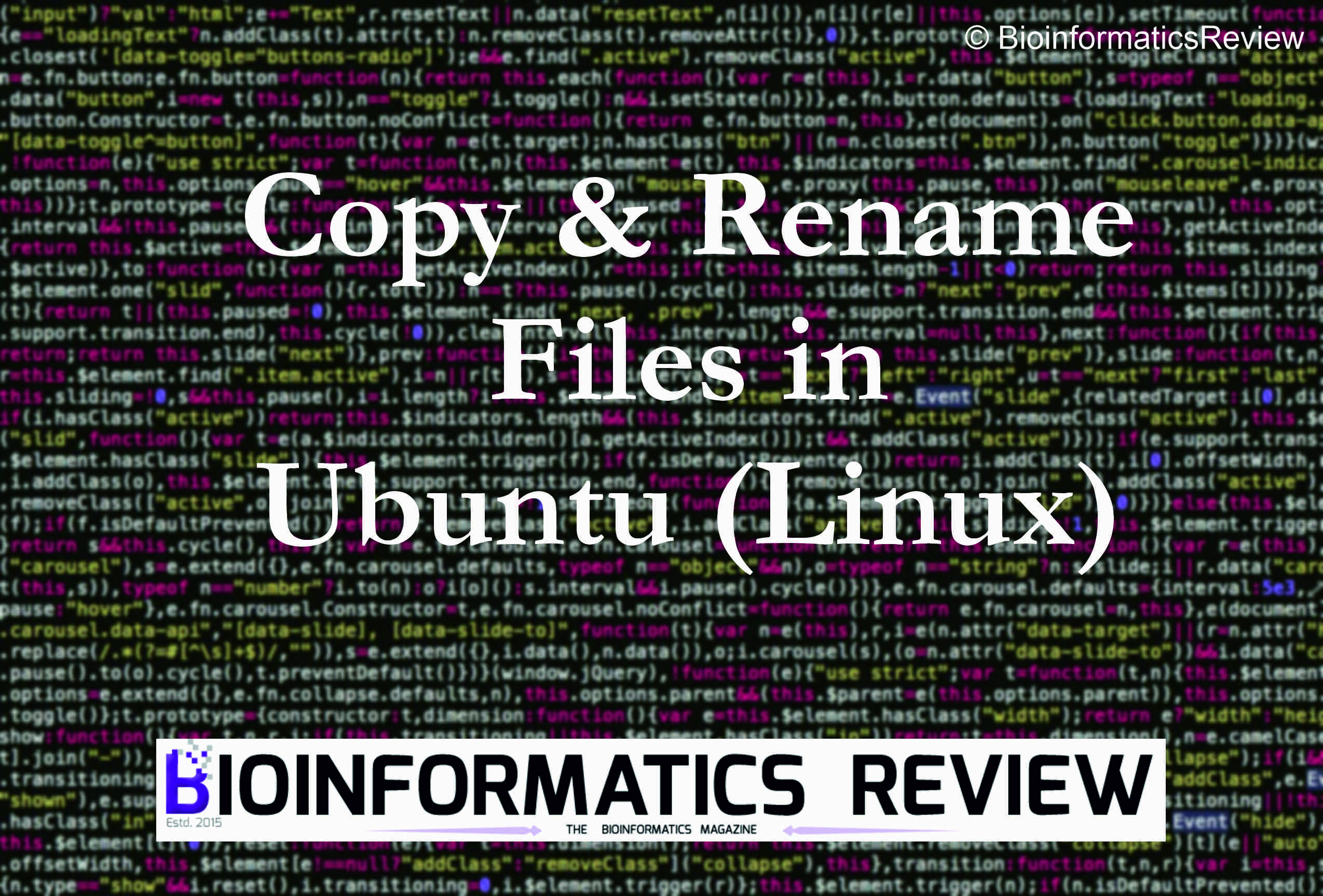We have published various articles on bioinformatics programming dealing with large files consisting of multiple FASTA sequences. Here is a list of articles related to operations on multi-FASTA files using Perl, PHP, and some bash commands.
How to read fasta sequences as hash using perl?
This is a simple Perl script to read a multifasta file as a hash. Keep reading
A perl script to convert multiline FASTA sequences into a single line
There are different software or tools which require different kinds of input, especially, when you are trying to developing a pipeline or want to process multiple large files. If you are dealing with a big FASTA file consisting of thousands of sequences split into a particular number of residues per line, and you want each sequence into a single line, then you can use this simple Perl program. Keep reading
How to read fasta sequences from a file using PHP?
Here is a simple function in PHP to read fasta sequences from a file. Keep reading
How to search motif pattern in FASTA sequences using Perl hash?
Here is a simple Perl script to search for motif patterns in a large FASTA file with multiple sequences. Keep reading
How to concatenate FASTA sequences using Perl?
Here is a simple Perl script to concatenate multiline FASTA sequences into a single line. The script provided in this article can also be used for large files consisting of multiple FASTA sequences split into the indefinite number of residues per line. Keep reading
Perl script to find duplicate FASTA sequences using their header?
In a large file of FASTA sequences, it is nearly impossible to perform some operations manually. This is a simple Perl script to find out duplicate sequences in a multi-fasta file using a FASTA header. Keep reading
How to extract fasta sequences from a multi-fasta file based on matching headers in a separate file?
This is a simple Perl script to extract FASTA sequences from a large fasta file depending on the matching fasta headers present in another file. Keep reading
Modifying multi-FASTA files using Bash: ‘Sed’ Command
Dealing with thousands of FASTA sequences is a tedious task without using bioinformatics programming. It eases multiple minute tasks to be performed on FASTA sequences or their headers such as removal, addition, or substitution of certain characters in the header, or manipulating the sequence format, and so on. In such cases, shell bash commands provide an easy way to perform such tasks on FASTA sequences. Keep reading
Linux ‘sed’ command in Perl programming
When it comes to handling large data files to process, it becomes very difficult to write programs for the beginners, especially when you have to execute another script within one. For this purpose, the Linux operating system offers several advantages for bioinformatics programming such as ‘awk’ and ‘sed’ one-liners, they prove to be of great help! Keep reading
How to execute Unix/shell commands in a Perl script?
BioPerl is a collection of Perl modules that are used to write Perl scripts applied in bioinformatics [1]. It is used in bioinformatics programmings such as in developing source codes, standalone software/tools, and algorithms. It’s easy to install and provide various modules which make it easier to execute different functions. However, Python is mostly preferred over the Perl language, still, some of the bioinformatics software is based on Perl such as the standalone version of I-TASSER. Sometimes, it’s a big trouble to execute some Unix/shell commands in Perl script for the beginners, it’s difficult to decide which function would be specific to a condition. Therefore, this article is a guide for the execution of Unix/shell commands in Perl script. Keep reading
Perl one-liners for bioinformaticians
Perl one-liners are extremely short Perl scripts written in the form of a string of commands that fits onto one line. That would amount to a bit less than 80 symbols for most purposes. Here’s the obligatory “Hello World!” one-liner in Perl and it’s output: Keep reading





